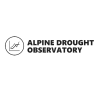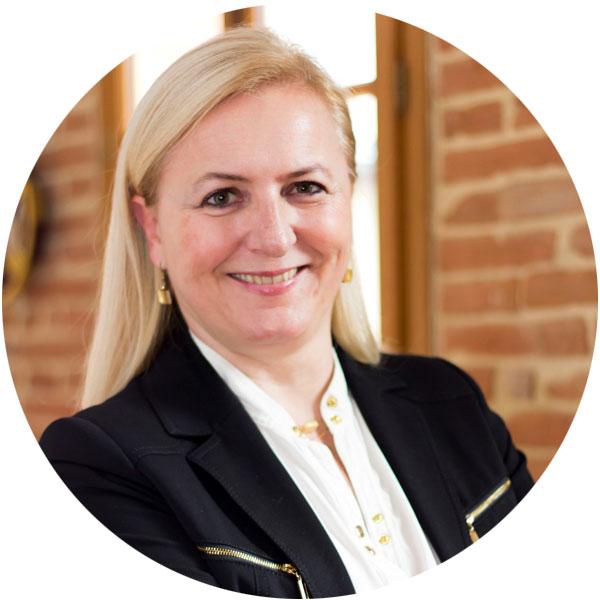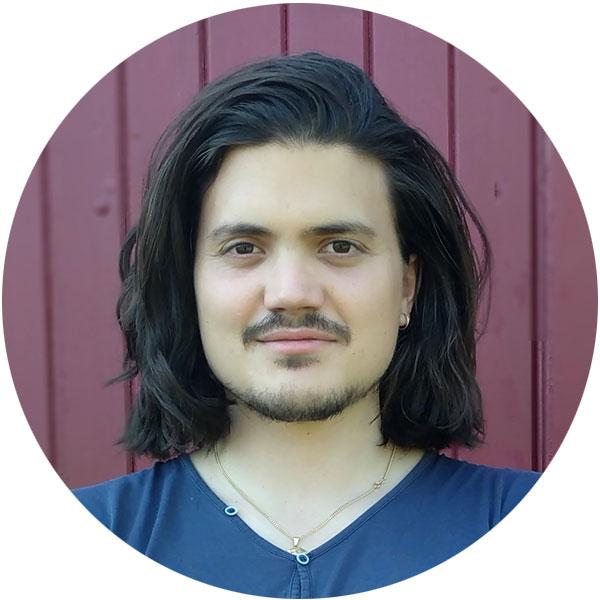European Space Agency’s “Water Scarcity” Kick-Start
The challenge
Water is one of the most important substances on Earth and covers 70% of the planet. However, freshwater makes up a very small fraction with 97% being saline and ocean-based. While the amount of freshwater on the planet has remained fairly constant over time, the world’s population has exploded, meaning that freshwater is threatened by significant forces, like overdevelopment, polluted runoff, and global warming.













